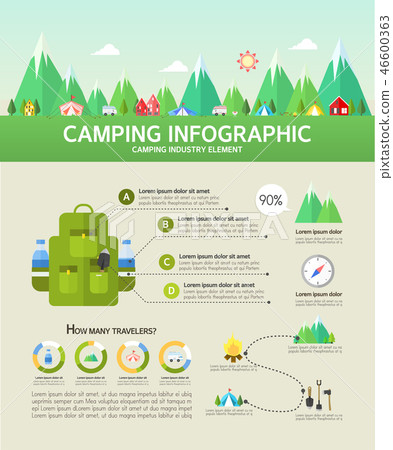Why You Have To Read This For Online Camping Tents Product Sales
Why You Have To Read This For Online Camping Tents Product Sales
Blog Article
Taking Pictures of the Evening Skies
A variety of aspects can influence evening skies photography. From weather to upcoming celestial occasions, you'll intend to prepare ahead to ensure success.
Should I buy a canvas tent?
The shutter speed you pick identifies whether stars look like accurate pin-points or trail throughout the picture. A good general rule is to limit the exposure to 500 secs, or the equivalent of your lens's focal length.
Area
Among one of the most important consider an excellent photo is where you take it. Aim for places with very little light air pollution, and prevent areas that have brilliant city lights and high-rise buildings.
Additionally, look for a location that provides foreground aspects to create compositions with. For example, dune patterns, wind-sculpted ridges and rocky outcrops can all provide interesting foreground elements to help inform the story of your night skies photo.
It is also practical to research astronomical events such as meteor showers and lunar eclipses to make the most of possibilities for terrific photos. Using a tool such as the Photographer's Ephemeris can be extremely helpful when intending your shoots. It assists you to determine moon phases, Milky Way position and various other expensive occasions. Likewise, consider capturing in RAW style instead of JPEG as this offers you extra versatility when processing the photos. This is particularly real if you prepare to print your pictures.
Camera Setups
Getting the best camera setups is very important for any photograph, however specifically so for evening sky photos. A wide-angle lens is best for recording even more of the Milky Way and minimizing star routes, in addition to a longer shutter speed to quit the movement of stars and reveal their details.
For an optimum degree of clearness, shoot in RAW style rather than JPEG, which allows you to maintain even more information and provides adaptability during post-processing. This can also contribute to submit size, so see to it you have a lot of storage room and added memory cards on hand.
Establish your emphasis to hands-on focusing by flipping the AF/MF switch on your lens right into MF mode. You may require to take a couple of test shots and examine the image playback on your electronic camera's LCD screen till you achieve excellent, determine manual emphasis. It's an excellent concept to do this during the day with your picked lens and the place you will be contending evening, to verify the precision of your focus setup.
Illumination
A good night skies picture calls for the ideal conditions. This includes a dark sky, but also a fascinating foreground aspect such as a mountain coming up, a lake to show the celebrities, or a human element like a barn or shed. You can even use a headlamp to illuminate the foreground and add some dramatization or depth to your photo.
One of the most crucial video camera setups for evening skies photography are the aperture and shutter speed. The bigger the aperture, the much more light that gets to the sensor. This permits you to capture brilliant celebrities in a fairly short quantity of time.
The tent sales shutter rate determines whether your stars will certainly be pin-point ideal or if they will certainly appear as celebrity routes because of the Planet's turning. Be sure to take several long exposure shots and pile them in post-processing for the best outcomes. Lastly, shoot in RAW mode to provide on your own maximum latitude in post-processing.
Structure
The trick to attractive star shots isn't a premium telescope, a new wide-angle lens or a state-of-the-art Canon or Nikon camera. It's technique, planning and make-up.
For starters, scout your shoot place in advance to get a feel for the design and prospective make-ups. Think about including foreground components such as rocks, a lake or alpenglow on the landscape to add character and rate of interest to your images.
Bear in mind the Guideline of Thirds when composing your pictures. This easy concept helps equilibrium and merge pictures. It's likewise beneficial for focusing on points of interest in your photo, such as rock features or the Galaxy. Additionally, bear in mind to intend your shoots around moon phases-- capturing at a full moon can subdue stars and produce a silhouetted shape, while firing on nights with a new moon can aid you see constellations a lot more plainly.
Is it possible to live in a tent?
